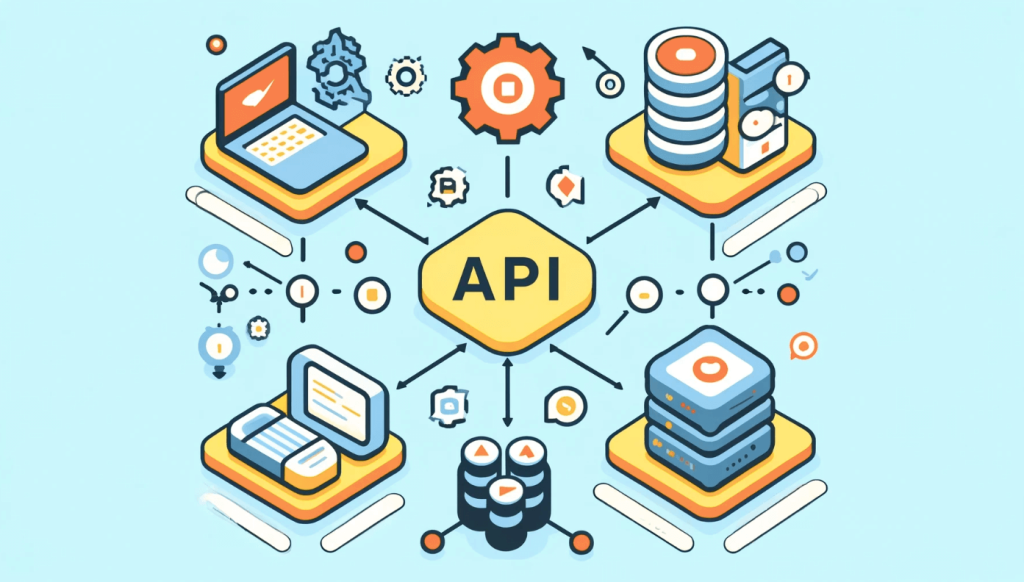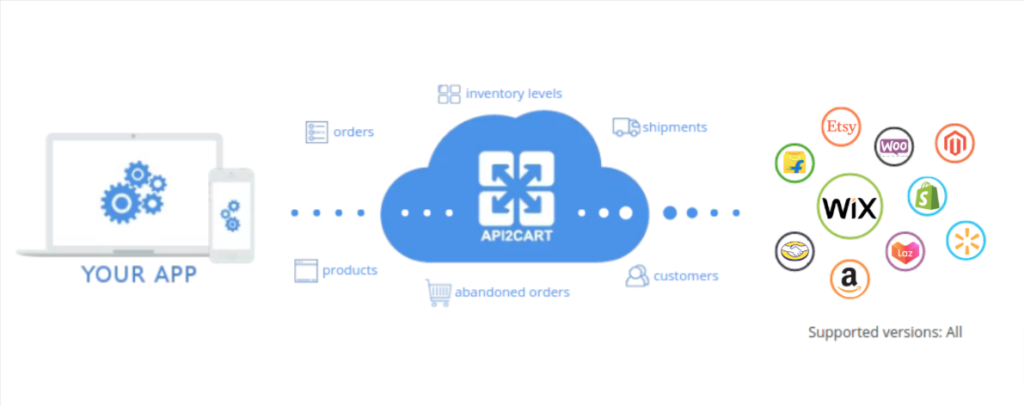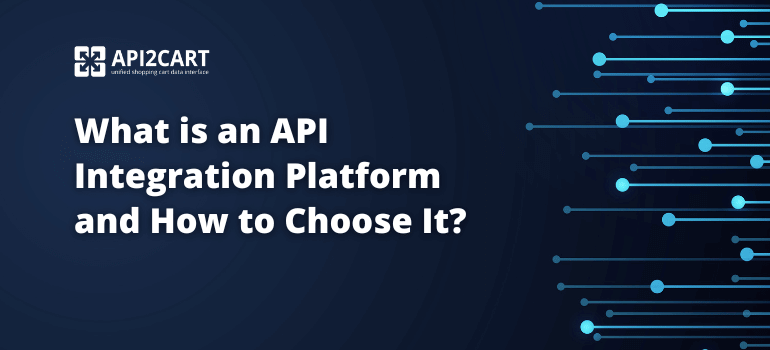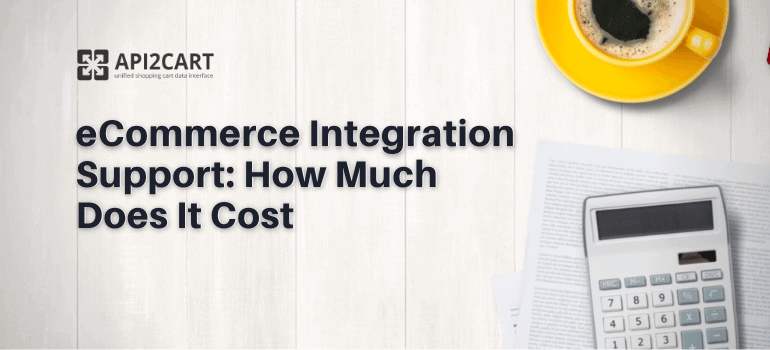
In a world of eCommerce that is ever-changing, the power of seamless connection cannot be exaggerated. Having experience as an eCommerce software developer, integrating APIs into your applications is not only about functionality improvement, but it is also about how businesses operate, interact with customers, and handle their backend processes.
This article will help you understand the APIs and their documentation, data synchronization, and security maintenance. Also, we will explore in detail the process of integrating an API.
Understanding APIs
APIs (Application Programming Interfaces) stand as the central communication gateways between different software applications, enabling them to work together without the need for human intervention. In short, an API gives developers a way to access the methods and data formats of a separate service by defining the proper interface.

Knowing APIs is about both learning their tech structure and their practical consequences. Basically, APIs are a set of rules and specifications for developing actions or retrieving data. For instance, this can be done through RESTful APIs that work with the HTTP request standard to manage data, or SOAP APIs that utilize more structured messaging standards. Practically, developers need to know the API limitations, cost, scalability, security features and to ensure that integration works good with business requirements and provides a smooth user experience for the users.
Types of APIs
APIs (Application Programming Interfaces) are of different types. Each has been designed to cater for different technical needs and integration scenarios in the field of software development. The main types of APIs are public, private, and partner. As an open resource for all developers, public APIs are designed to expose a particular set of resources and functionalities for a wider community of developers who are mainly interested in developing innovative solutions and expanding the ecosystem around a given technology or service. These are usually very well documented and therefore designed to be robust so as to support a wide range of applications. Instead, private APIs are normally implemented within an organization. They are developed to enhance the existing solutions by integrating them across all the company’s internal systems and are not exposed to the external users, which gives the company the ability to control the functions and safety of the systems.
The other group is Partner APIs which are shared outside the business but only with specific business partners. They create B2B relationships by giving limited access to trusted external developers to the internal systems under a specific contractual agreement that determines the scope of access and usage. In addition, APIs can also be classified by the protocols or standards they use, such as REST (Representational State Transfer) and SOAP (Simple Object Access Protocol). REST APIs employ HTTP requests to manipulate data and are valued for their simplicity and flexibility, often making them the best fit for tasks that require speed and efficiency. SOAP APIs, although more verbose and rigorous, offer higher security and transactional reliability, which is a must-have for some business critical applications. Knowing these types, their use cases and their technical specifications is the key to the success of developers who want to integrate external services or build APIs for their own services.
Definition of API integration
API integration is a procedure through which different applications are connected using their APIs (Application Programming Interfaces) in order to allow them to perform joint functions or share data seamlessly. Such integration enables systems to not only leverage their own capabilities, but also to extend them by interacting with external software components in a smooth manner. The basic objective of API integration is to add functionality without developing new features from zero level. It is a medium for software systems to communicate directly with each other, thus eliminating manual intervention and simplifying the complexity of interactions between different technologies.
The API integration process does not only include the technical aspect of connecting the APIs but also the strategic alignment of business processes and data flows between the systems. For developers, this means that they need to make sure the APIs they use are compatible as far as the data formats, the protocols and the security measures are concerned. The process typically entails in-depth planning, which includes mapping data entities, dealing with API rate limits, and error handling when data is being exchanged. The final objective of API integration, on the other hand, is to establish a stable and efficient digital infrastructural environment where data can move without problems and in a secure manner across platforms. As a result, operational efficiency is improved and users enjoy a better experience across different applications.
Importance of API Integration in Software Sphere
API integration is a vital component of the software industry, especially considering the fact that more and more companies nowadays depend on the use of multiple disparate applications to accomplish different tasks. Through the integration of APIs from various services, businesses can establish an ecosystem of seamless connections where data travels smoothly from tools such as CRM systems, marketing automation, analytics platforms, and so on. This interdependency not only increases the usability of each application but also improves overall system performance. It enables businesses to automate repetitive jobs, remove data silos and make sure that all parts of the organization get the information that is fresh and precise at the right time. For example, linking an eCommerce platform with inventory and shipping software ensures that inventory levels are auto-updated hence reducing the risk of over-selling and enhancing customer satisfaction.
Benefits of API Integration
Increased efficiency
API integration can bring a lot of benefits which will not only improve business operations but also user engagement. A prime benefit is higher productivity. Integrating an API removes the need for manual data entry and the associated error risk, since they allow different software systems to communicate effectively. This automation of processes is fast, facilitating data transfers between applications, and ensures that operations like order processing, inventory updates, and customer management are more accurate and much faster. Consequently, organizations can redirect their resources towards strategic core activities rather than routine data maintenance tasks.
Improved user experiences
Moreover, the API integration highly enhances the user experience. When apps are interconnected, users benefit from a cohesive and uniform interface that retrieves data from multiple sources in a quick and efficient manner. CRM and email marketing tools that are integrated can give marketers a comprehensive view of customer interactions, so they can send personalized and timely communications. This not only makes the customers happy but also increases the engagement rates.
Enhanced data security
Moreover, the process of integrating an API increases data security through the provision of uniform data access and sharing across platforms, including the incorporation of security protocols and encryption methods.
Streamlined business processes
Another important advantage of integrating an API is the streamlining of business processes with different departments within an organization able to share the same real-time data and this results in improved coordination, elimination of delays and development of more organized and strategic decision-making process.
Integrating an API in eCommerce
Integrating an API in eCommerce is a fundamental step for software engineers who want to develop applications that are not only functional but also have a wide reach. In the ever-changing digital marketplace, APIs act as the backbone of the integration between eCommerce platforms like Magento, Shopify, and others and the custom software solutions that developers build. By using API integration, developers are able to create applications that seamlessly link to these platforms, enabling features like real-time inventory updates, order synchronization, and unified customer data management across multiple channels. This not only optimizes operational efficiencies but also improves the end-user experience, enabling eCommerce businesses to manage their operations more smoothly and respond more agilely to market demands.
The unified API of API2Cart is a powerful solution for this need. It provides developers with a centralized access point to integrate their software with over 40 eCommerce platforms and marketplaces. This simplifies the need for separate integrations for each platform and considerably decreases the efforts and expenses in terms of time and resources.

API2Cart’s API covers the wide range of important eCommerce tasks, like product lists retrieval, order management, price updating, and customers information syncing, all via a single API. For the developers who are trying to go to the next level by scaling and adding new capabilities without the need of maintaining numerous APIs, API2Cart provides a single, secure and efficient pathway. If you wish to see how the API2Cart can change the way your eCommerce integration works, schedule a demo with our managers right away and feel the power of unified API integration.



